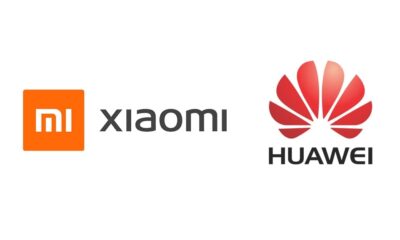Patent
New Huawei Patent merges AR technology to video calling
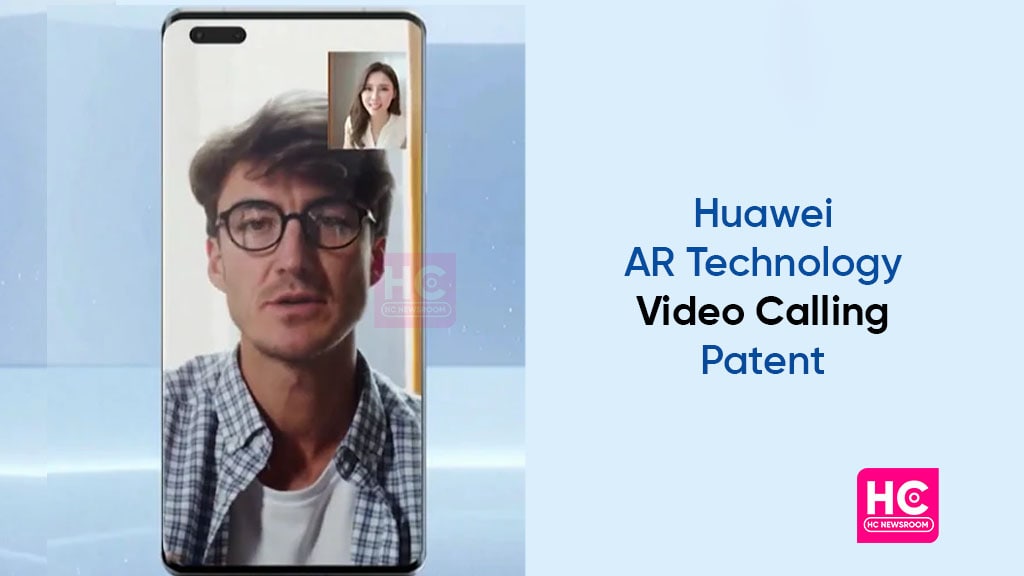
Huawei is bringing a new technical merger for video call services. In the latest edition, Huawei has obtained a new patent for combining AR (Augmented reality)Technology with the video calling feature.
Before we jump to the patent details, let’s understand what is AR Technology.
AR Technology stands for Augmented Reality. The main aim of this tech-pack product is to bring real-world scenarios to the computing field. It provides three-dimensional pictures of the objects. As a result, it seems like a user is playing in the natural life.
And it looks like, Huawei is planning to bring AR technology into the video calling services with its new patent. As per the input revealings, the Chinese tech maker has started the development of an AR communication system.
The company has issued an interesting patent application with CN112788273B number and the title reads “An Augmented Reality AR Communication System and AR-based Communication Method”.
How does the AR communication system work?
The giant communication mechanism will comprise an AR media server and two SBCs (server-based computing). Further, the AR media server will be present in the communication system. Meanwhile, the SBCs will be available on both sides of the system.
The media streaming channels will remain open between the AR component and the SBC servers so that the devices on both sides of the call can exchange data and information effectively.
On the other hand, the media stream will also work as a transmitter. It will transmit the call signals from the SBC elements to the AR media and thereafter, will exchange the information between devices.
As a result, the entire communication system will enable the processing of AR technology during video calls. It will turn on an improved and more realistic experience in the video calls held between various devices.
It would be worth seeing when this effective technology will take place in the real world.
[Source]
Patent
New Huawei patent to improve aircraft air transportation efficiency
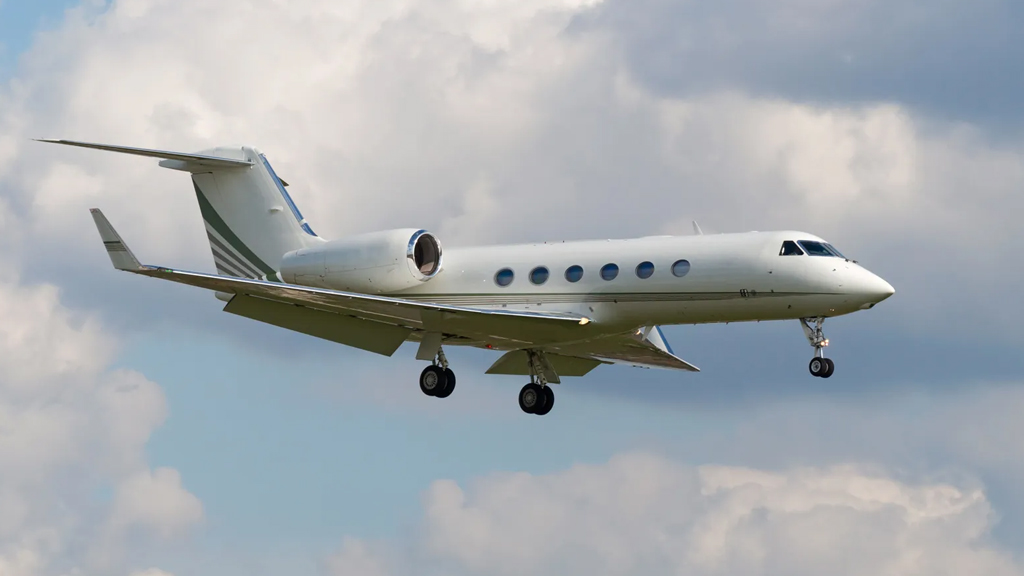
Huawei has filed a new patent for a technology that could improve the efficiency of an aircraft for heavy-duty work such as air transportation.
According to the information, the latest Huawei patent has application number CN115470881A and is titled “Method and Device for Determining Aircraft Flight Strategy” for air transportation.
The patent has technology for obtaining a first model, the first model is obtained based on the first training data. There is the first training data includes the first aircraft at The flight state information within a period.
The flight state information of at least one-second aircraft within the first period, and the target flight strategy of the first aircraft within the first period.
It would obtain the first parameter, which includes the third aircraft in the first period and the flight state information within the second time period. The flight state information of at least one-fourth of aircraft within the second time period. While the first parameter is input into the first model to obtain the flight strategy of the third aircraft.
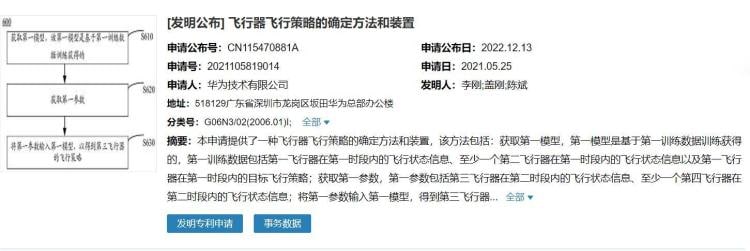
The key points of this patent detail include:
- Obtain the first model, which is based on the first training data.
- Obtain the first parameter according to S620 obtained through training.
- Input the first parameter into the first model to obtain the flight strategy of the third aircraft S630.
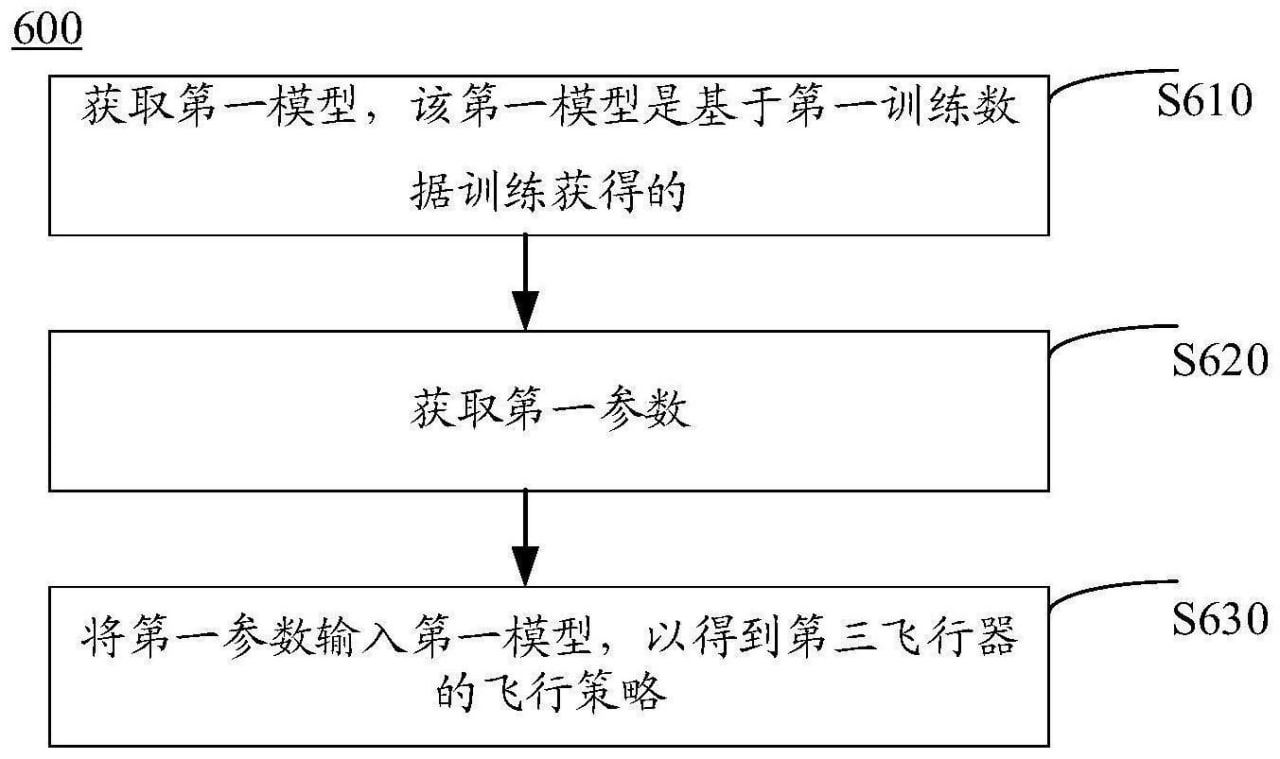
Through this, the multi-agent can autonomously select the route for the aircraft through a large amount of training and learning, and adjust the speed of the aircraft on the route. So as to optimize the distribution of the flow in the terminal area and improve the efficiency of air transportation.
(via – SinaTech)
Patent
Huawei publishes new virtual display tech to avoid eye strain
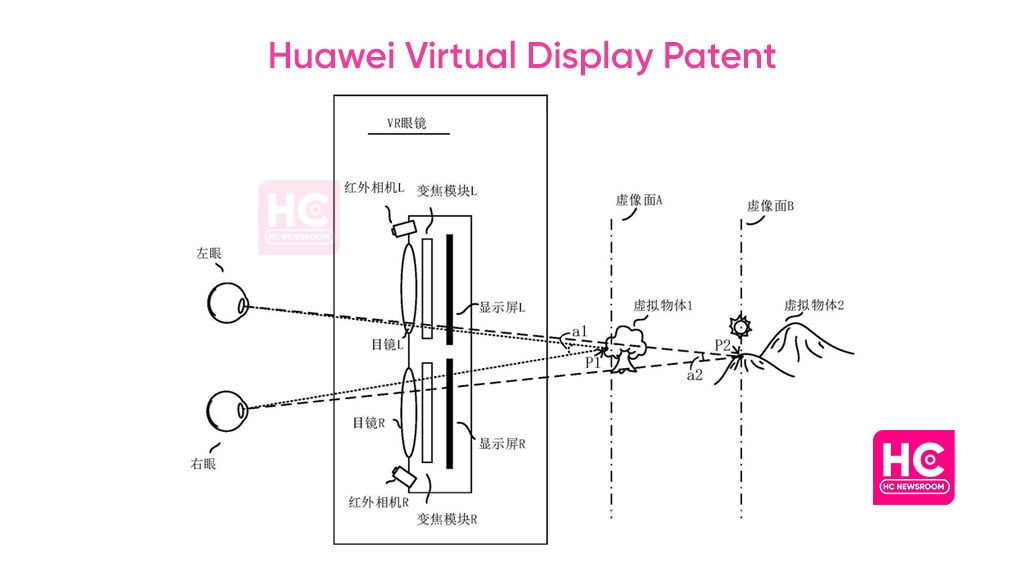
Today, Huawei issued an interesting patent for virtual display technology. As the term says, this development will enhance the virtual experience of users and prevent them from unnecessary eye strain and related issues.
Huawei patents are constantly adding new inventions to the shelves. In the meantime, the company has served the market with a variety of imaging and display processing innovations. As of now, the company is bringing another invention on board.
In the latest development, Huawei has obtained a new virtual display patent application with a CN115407504A number. Besides, the application reads the title “virtual display device and virtual display method”.
Eventually, the respective mechanism will help in reducing the lighting and reflection issues. On the other hand, it will improve the convergence adjustment and will offer effective display functions that can prevent stress on the eyes.
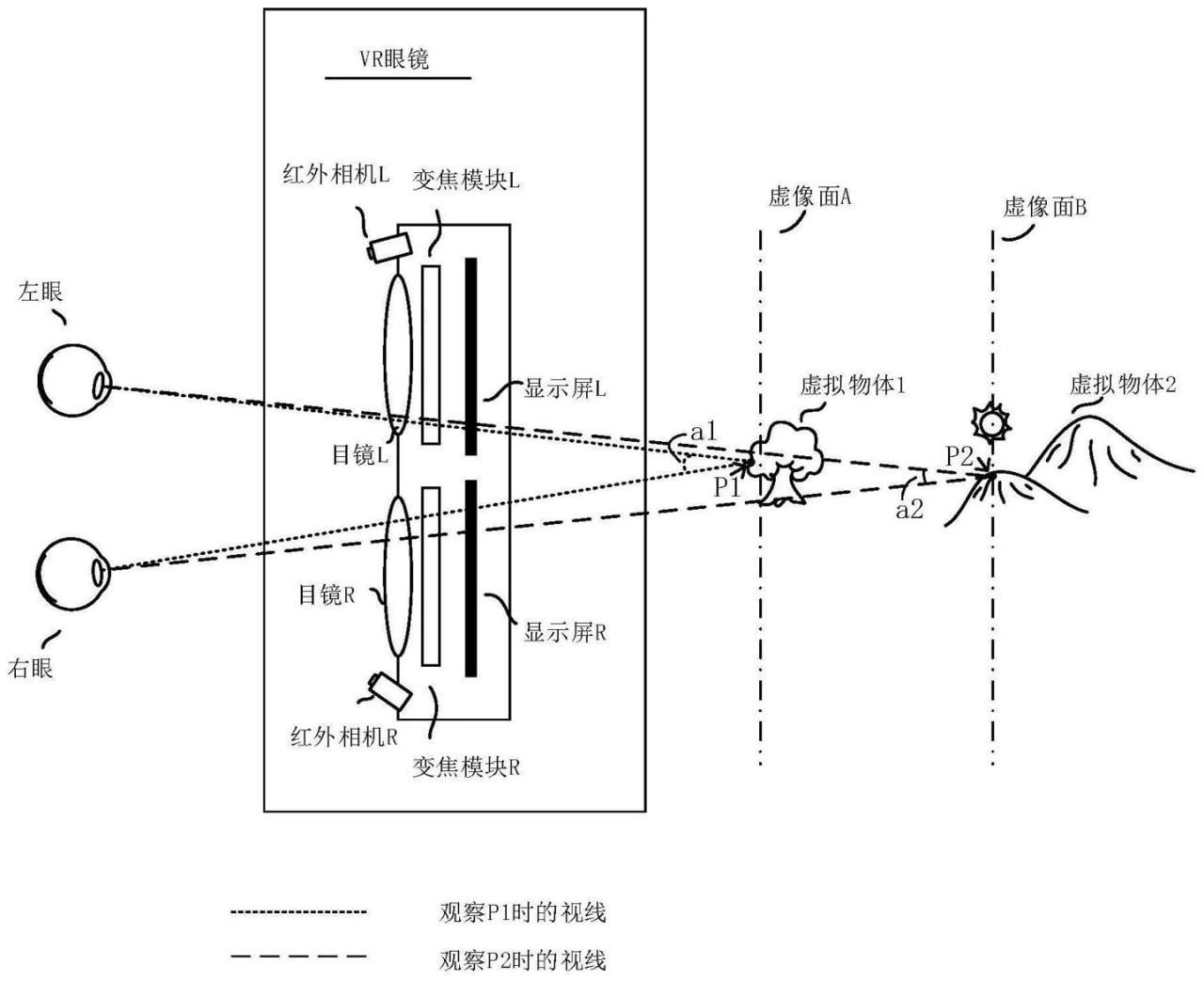
Virtual Display and its Functioning
The input reveals that the tech maker is working on unique VR glasses. These glasses will consist of an infrared camera, a zoom module, and most importantly a display module on both sides.
Accordingly, the display module will use micro-chips and will control the following functions:
- Displaying the objects
- Adjusting the depth of convergence of the object
- Enhancing the imaging surface depth
Further, the image here has two objects. The display module will showcase the first object, its depth of convergence, and its imaging surface. Thereafter, the second object is displayed along with its depth of convergence, and the imaging surface.
Since the first object’s depth of convergence will differ from the second object, the display module will adjust the depth of convergence. Thus, users will not need to pressurize their eyes for looking at closer objects.
Depth of Convergence
The adjustment in the depth of convergence plays a vital role. While looking at a close object, our eyes angle inwards. This is known as convergence. However, extra effort and pressure on the eyes can make them suffer from fatigue and more problems.
Hence, Huawei took the initiative to build such a technology. Let’s see when we will get the efficient product in our hands.
[Source]
Patent
Huawei patent shows new technology to enhance chip development
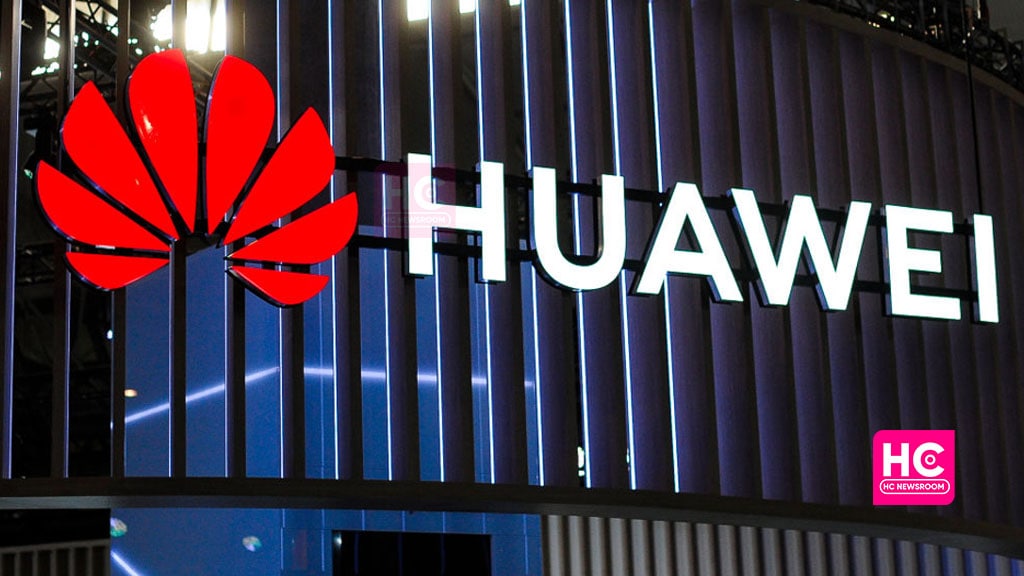
Huawei issued a new patent to enhance the chip development of the company. The latest patent application shows the usage of EUV lithography technology to improve the manufacturing of integrated circuits and chipsets.
For your information, EUV (Extreme UltraViolet) Lithography is an optical technology used to make chipsets and circuits for electronic devices. It is a preferable tech for processors of 7nm or below processing structures.
Further, lithography mainly performs the transfer, processing, and creation of micro-nano graphics. It also verifies the total elements equipped in a chipset and checks the appropriate size and other details in the circuits.
After noting down such benefits, Huawei decided to obtain the respective tech patent to improve its chip development. As per the latest inputs, this mechanism will use a reflector, lithography system, and control management.
In addition, the lithography system will comprise the following components:
- A specialized mirror (Decoherent Mirror)
- Illumination (lighting) system
- Reflecting Mirror or rotating mirror
Here, the illumination system plays a vital role in the whole mechanism. It provides high-uniform light, controls exposure, and determines off-axis lighting effects to optimize the level of resolution and raise the depth of focus.
Besides, this system includes a field-wide-vision compound lens, a diaphragm-wide-vision lens, and a relay lens.
How the lithography technology will work?
To begin with, a coherent source along with a rotating mirror will emit light on the illumination system. This system will divide the emitted light into multiple sub-rays using the field-wide-vision compound lens.
After the division, the diaphragm lens and the relay lens will adjust the direction and radiation of each sub-ray and project it on the mask area to conduct lithography.
Together, this process will form an interference pattern that will keep on changing with new light rays. Consequently, this will equalize the light exposure and will solve the un-uniform light issues that often occur in chip development.
Alongside uniform light rays, this mechanism will ease the creation and formation of the nano-particles that are assembled in the integrated circuits or the micro-chipsets.
(Source)





